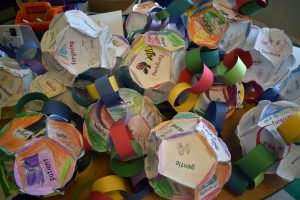
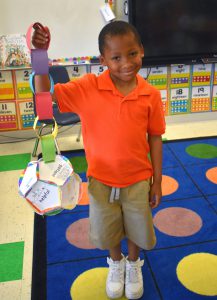 Social-emotional learning takes on many forms at Minisink Valley, with faculty looking at creative opportunities to reinforce key messages to help guide students in their ongoing social-emotional development.
Social-emotional learning takes on many forms at Minisink Valley, with faculty looking at creative opportunities to reinforce key messages to help guide students in their ongoing social-emotional development.
A recent example is the literary/artistic lessons taught in Sally Mankoo’s Elementary School kindergarten classroom.
“I have been focusing on 12 different words that help teach my students that their words have power and how they speak about themselves is important,” she said. “We read the book ‘The Magic of Me: My Magical Choices,’ which discusses many of them.”
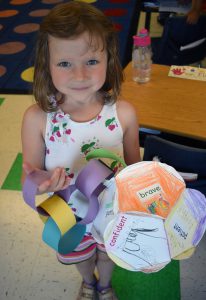 The book reminds children they have the ability to make choices which can determine how their day will be. By using positive, conscious language, they will choose to be responsible, calm, confident and more, ultimately being responsible for their own happiness. The social-emotional message is that greatness comes by making the choice to take positive actions toward a goal. Those actions create feeling of happiness inside and help develop life-long healthy habits.
The book reminds children they have the ability to make choices which can determine how their day will be. By using positive, conscious language, they will choose to be responsible, calm, confident and more, ultimately being responsible for their own happiness. The social-emotional message is that greatness comes by making the choice to take positive actions toward a goal. Those actions create feeling of happiness inside and help develop life-long healthy habits.
The words Mrs. Mankoo used, supporting the book’s text, are: Honest, patient, brave, responsible, friendly, forgiving, gentle, generous, good sport, confident, helpful and calm.
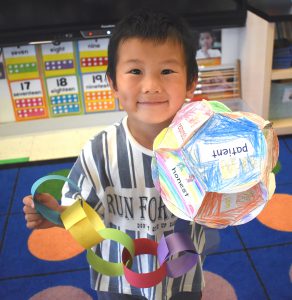 “I added different lessons and discussions that taught about each word and students created a ‘Kindness is a Blooming Ball’ so they could display what they learned,” Mrs. Mankoo added.
“I added different lessons and discussions that taught about each word and students created a ‘Kindness is a Blooming Ball’ so they could display what they learned,” Mrs. Mankoo added.
A “Bloom Ball” is three-dimensional project where students complete activities moving them through the levels of Bloom’s taxonomy, a classification system used to define and distinguish different levels of human cognition. It offers students, at all levels, the opportunity to demonstrate their engagement and understanding of the skill that is taught.
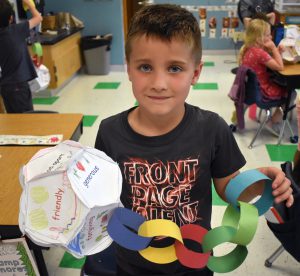 The Bloom’s taxonomy framework allows educators to assess learning on an ongoing basis, encouraging students to reflect on their progress which encourages higher-order thought by building up from lower-level cognitive skills. The model is named after Benjamin Bloom, who developed the original taxonomy throughout the 1950s and 60s.
The Bloom’s taxonomy framework allows educators to assess learning on an ongoing basis, encouraging students to reflect on their progress which encourages higher-order thought by building up from lower-level cognitive skills. The model is named after Benjamin Bloom, who developed the original taxonomy throughout the 1950s and 60s.
Bloom Balls, which have 12 sides, can be used for any academic subject and offer an artistic opportunity to display lesson highlights in a creative way. Mrs. Mankoo felt creating a 12-sided paper ball using the 12 words her students 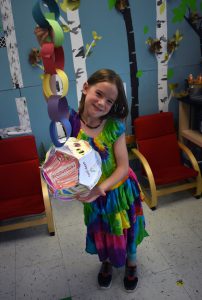 were discussing was a perfect fit. The little students cut, pasted, drew and colored on the materials used to make the sides of the paper balls, eventually connecting them together and adding paper chains to allow them to be hung from a ceiling if desired.
were discussing was a perfect fit. The little students cut, pasted, drew and colored on the materials used to make the sides of the paper balls, eventually connecting them together and adding paper chains to allow them to be hung from a ceiling if desired.
Mrs. Mankoo hoped her students’ “Kindness is a Blooming Ball” projects will be a topic of conversation when they are brought home, and kept in a visible place over the summer as an additional way of preparing for first-grade.
